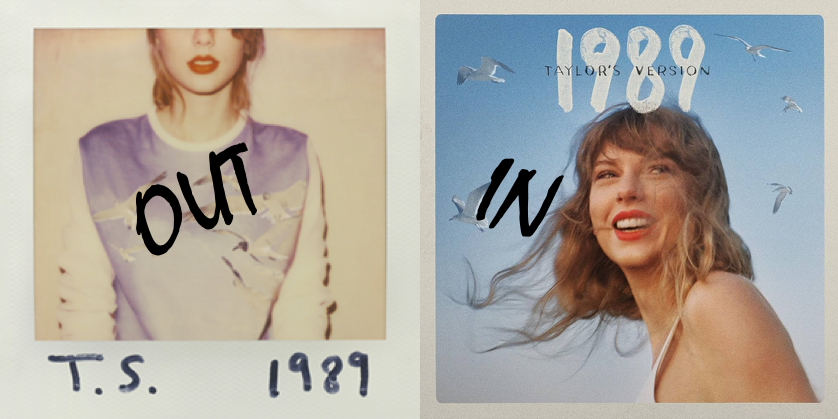
The Honeycrisp Apple & Plant Patents
This blog examines one of the most successful and beloved plant patents, the Honeycrisp apple, and delves into the history of apple cultivation, grafting, and breeding.

The Candy Wars Part I: Reese’s v. Peanut Butter M&M’s in a Trade Dress Showdown
Part I of a recurring series: The Candy Wars! This series covers one of many intellectual property disputes between the two American candy behemoths: The Hershey Company (Hershey’s) and Mars Inc. (Mars). Part I covers the 1997 lawsuit Hershey Foods Corp. v. Mars, Inc., where Hershey alleged that Mars’ Peanut Butter M&M’s packaging “unlawfully resemble[d]” Hershey’s Reese’s Peanut Butter Cup packaging.

Trademarking Red: Color Trademarks and Red Bottom Shoes
Since their debut, the legendary red bottom shoes have established themselves to be a staple in the fashion world. And great success cannot be achieved without great branding, and great branding cannot be achieved without trademarks. This article delves into Christian Louboutin’s mission to trademark and protect their iconic red bottom shoes in the United States.


Copyright Law & Tattoos: A Tiger King Story
A discussion of the unique aspects of copyright lawsuits over tattoos, featuring a recap of a recent 2023 tattoo copyright case, Cramer v. Netflix. In Cramer the Plaintiff, a tattoo artist, sued Netflix for copyright infringement when Netflix included a picture of Plaintiff’s copyrighted work, a COVID-19 Joe Exotic-themed tattoo, in a montage in the first episode of season 2 of Tiger King, without Plaintiff’s permission.

Inoperable Inventions: How Theranos Was Able to Patent Technology Built on a Lie
The story of the rise and fall of Theranos, and it’s founder Elizabeth Holmes, are well known. But what is less well known? How its possible that a company like Theranos can amass a huge patent portfolio on technology that, quite simply, does not work.

Taylor Swift’s Re-recordings Explained (Jen’s Version)
An explanation of why Taylor Swift is re-recording her first six albums and the legal background on copyright law in the music industry.

Are all AI-generated works void of authorship and originality?
A case study of Refik Anadol’s Unsupervised in light of the U.S. Copyright Office’s new policy on whether AI-generated visual works meet the three basic requirements of copyright protection.
